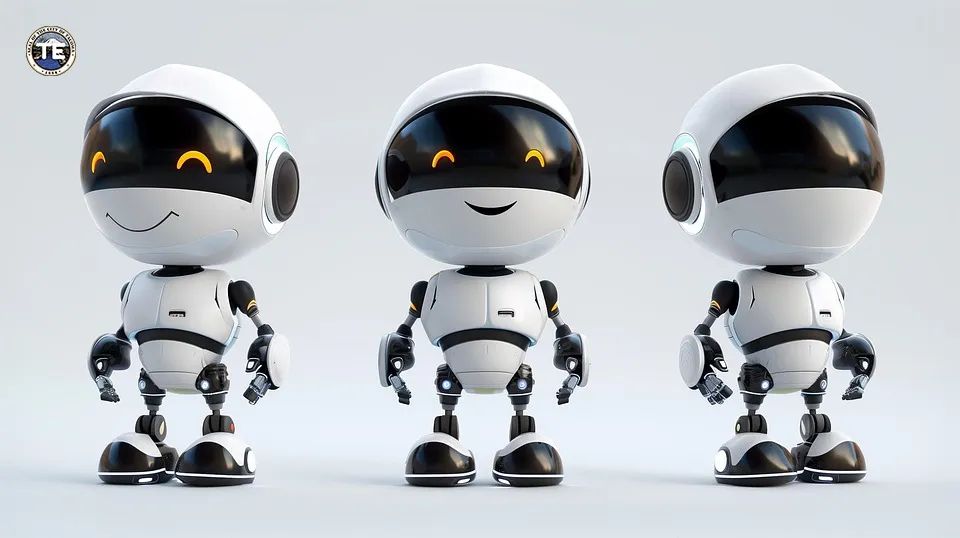Once seen as a breakthrough in customer service, chatbots have quickly become one of the most criticized tools in business. Companies embraced automation, believing it would provide faster, more cost-effective service. Instead, many customers report frustration, confusion, and a growing sense that businesses prioritize efficiency over human connection.
A recent CGS Global Consumer Customer Service Report highlights the disconnect between corporate enthusiasm and consumer reality. The findings reveal that:
- Nearly half of UK consumers and 40 percent of US consumers prefer speaking to a real person rather than a chatbot. ContactCentreSummit has shown even higher numbers.
- Only about half of all respondents would use a chatbot for a quick inquiry, while others actively avoid them.
- Many businesses are over-relying on automation, potentially driving customers away.
Despite the widespread use of artificial intelligence in customer service, the backlash is growing.
The Failure of Chatbots to Deliver Real Solutions
One of the core problems with chatbots is their inability to understand human emotions. While automation excels at handling basic inquiries, it struggles with anything that requires nuance.
A chatbot offers little reassurance for customers dealing with a delayed order, a billing error, or a locked account. These systems often rely on scripted responses, failing to recognize sarcasm, urgency, or frustration. The result is an impersonal, frustrating experience that leaves customers searching for a human representative—often with no clear way to reach one.
A Forbes report echoes these concerns, noting that chatbots frequently misunderstand customer intent. Many users feel trapped in an automated loop, where they must rephrase their issue multiple times before being directed to a live agent—if that option exists.
Cost-Cutting at the Expense of Customer Satisfaction
Businesses have not embraced chatbots purely for innovation’s sake. Automation reduces labor costs, and many companies have chosen to downsize human support teams in favor of AI-driven interactions.
The long-term consequences of this strategy remain to be seen, but early signs suggest it may damage customer trust. Studies indicate that consumers, particularly older demographics, are less likely to engage with companies that lack real human support. This raises an important question for businesses: Are short-term cost savings worth the risk of losing loyal customers?
The Accessibility Problem
Beyond customer frustration, chatbots present another challenge: accessibility. Many automated systems fail to meet the needs of users with disabilities, and chatbot design often overlooks screen reader compatibility, text-to-speech functionality, and clear navigation.
A Forbes investigation found that many chatbot-driven customer service platforms do not comply with the Telecommunications Act of 1996, which requires that customer service technology be accessible to all users. This issue has sparked concerns that automation is frustrating customers and excluding entire groups from effective support.
Case Studies in Failure
Several companies have already experienced the consequences of chatbot overuse.
Skyscanner introduced a chatbot designed to assist with bookings and customer inquiries in the travel industry. The bot quickly became a source of frustration.
Users reported that it frequently misunderstood requests and failed to provide meaningful assistance. Negative feedback mounted, and the company eventually removed the chatbot altogether.
A growing number of businesses have expanded the chatbot model by eliminating traditional customer service options. Many now offer no phone number, email, or direct way to reach a human agent.
Instead, users are forced into chatbot interactions with no clear exit. This approach has been widely criticized, with consumers viewing it as a sign that companies actively avoid customer engagement rather than improve it.
A Shift in Strategy: What Comes Next?
Although chatbots have been rejected, this does not mean automation has no place in customer service. When used strategically, AI can assist human agents rather than replace them. The key for businesses is balance.

Some companies have already begun shifting away from a chatbot-first approach. Leading brands like Amazon and Apple have integrated AI as a support tool rather than a primary customer service form. Their systems handle basic queries but seamlessly transition users to a live representative when needed.
Experts suggest that businesses looking to improve customer service should consider the following:
- Maintain human support teams and use automation only where it adds value.
- Provide multiple channels for customer service, including email, phone, and live chat.
- Ensure chatbot systems are accessible and compliant with legal standards.
- Train human agents to focus on personalized service, emphasizing empathy and problem-solving.
The Bottom Line
The chatbot revolution promised efficiency, but it has frustrated many customers. As complaints grow louder, businesses must decide whether to double down on automation or return to a model that prioritizes human connection.
For those who choose the latter, the reward may be more than just customer satisfaction—it could be long-term survival in an increasingly competitive market.

Carl Riedel is an experienced writer and Open Source Intelligence (OSINT) specialist, known for insightful articles that illuminate underreported issues. Passionate about free speech, he expertly transforms public data into compelling narratives, influencing public discourse.













